QuestionI bought a new ball python and added it to the tank with my other one.will they be ok together? I've seen some post that said that they will try to eat one another?
AnswerEvery snake should have an individual enclosure.
Here are the risks:
First, all new animals in your collection should be quarantined for a minimum of 3 months before they're even allowed to be in the same room. Never transfer equipment or food between them, and practice careful handwashing when going from the new arrival to the established animal. You can never be sure what a new animal may have been exposed to. Parasites, bacterial infections, and viruses can all manifest during this 3 month period. Some infections are deadly. You don't want both animals to die, or wind up having to treat both animals for illness. I quarantine my new arrivals for a full 12 months, as some of the most deadly snake viruses (such as paramyxovirus) can incubate for up to 10 months with no more symptoms than an intermittent appetite (which isn't that uncommon in ball pythons, normally).
Second, if one animal falls ill later, of a bacterial infection (pneumonia, basically), then the other is likely to contract it as well. If one animal regurgitates food, or has diarrhea, you may have difficultly figuring out which snake is having the problem.
Third, they simply don't like it. It's stressful for them. People mistake their behavior for 'cuddling,' but lying on top of one another is really dominance, and competition for hiding and basking spots. Sensitive animals may stop feeding, or reduce frequency of their feeding, in these circumstances.
About the cannibalism - while rare in ball pythons, it certain can, and has, occurred. It's most common with hatchlings. There are some gruesome images on the web. Cannibalism often results in the death of both snakes, as the eaten snake is often too large a prey item for the cannibal to handle.
These snakes are hardy, but there are right and wrong ways to do things.
Right way: Housed alone, with controlled heat (always use a thermostat or rheostat) at 90F basking, 80F air temperature, humidity of 60%, single-entrance hide box or cave, and clean water available. Feed prey as big around as the widest part of the snake, every 5 to 7 days. Clean cage once a week after the snake defecates. Spot clean-urates if using particulate substrates such as cypress mulch.
Common mistakes (the wrong way): Housing with other snakes or other animals. No temperature regulator (uncontrolled heat lamp or heat mat, inevitably resulting in improper temperatures, or even burned animals or fires). Cage too dry, resulting in dehydration and bad shed, or cage too wet, resulting in skin infections. Feeding prey too small, not upgrading prey size as the snake grows. Not consulting a vet when the snake stops feeding and loses noticeable weight, or shows other signs of illness. Failing to quarantine new animals, resulting in the spread of mites, internal parasites, or disease. Using toxic bedding such as pine or cedar, or using drying bedding such as sand or gravel.
Hope this helps!

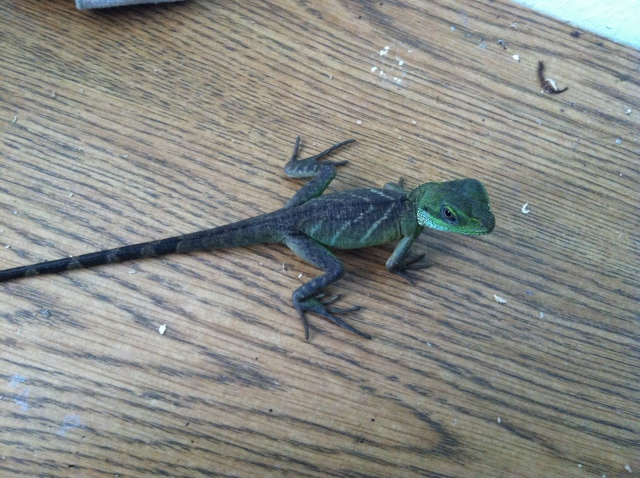 Chinese water dragon health
Question
Draco
I have had a chinese water dragon
Chinese water dragon health
Question
Draco
I have had a chinese water dragon
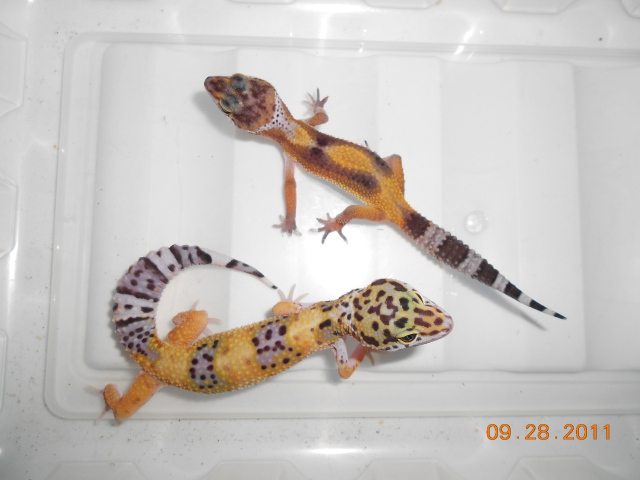 My leopard gecko babies
Question
The Leopard geckos bab
Two months ago,
My leopard gecko babies
Question
The Leopard geckos bab
Two months ago,
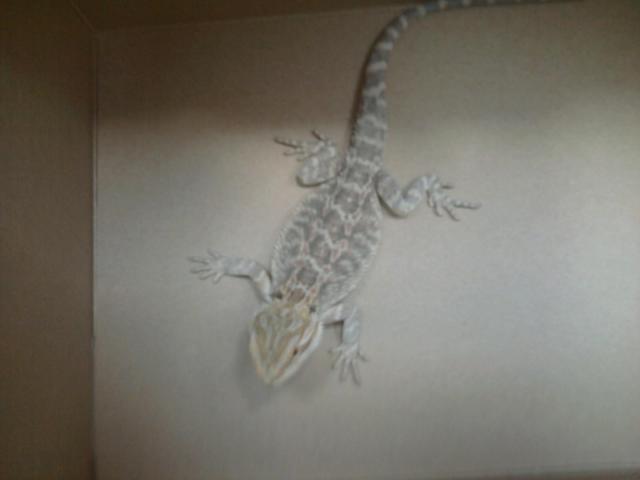 Bearded Dragons Head Turns Yellow?
QuestionYellow Head
QUESTION: Im asking a questi
Bearded Dragons Head Turns Yellow?
QuestionYellow Head
QUESTION: Im asking a questi
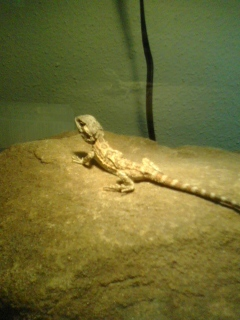 My baby bearded dragon wont eat...
QuestionSandfire
QUESTION: Hi there,
I just got
My baby bearded dragon wont eat...
QuestionSandfire
QUESTION: Hi there,
I just got
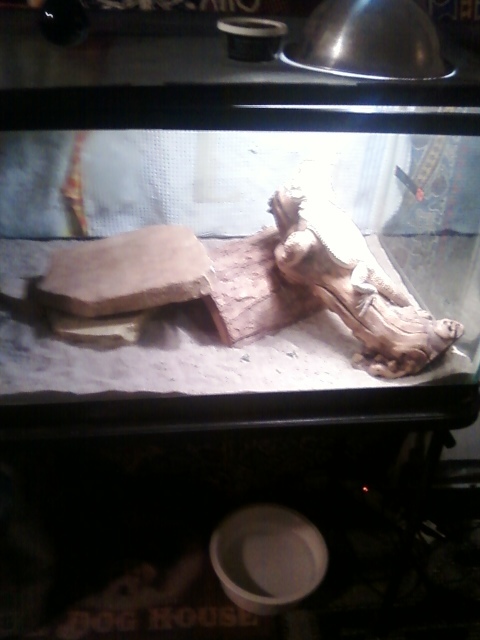 3 year oId beardie (male)
QuestionQUESTION: I just bought this guy (stu) a few mo
3 year oId beardie (male)
QuestionQUESTION: I just bought this guy (stu) a few mo